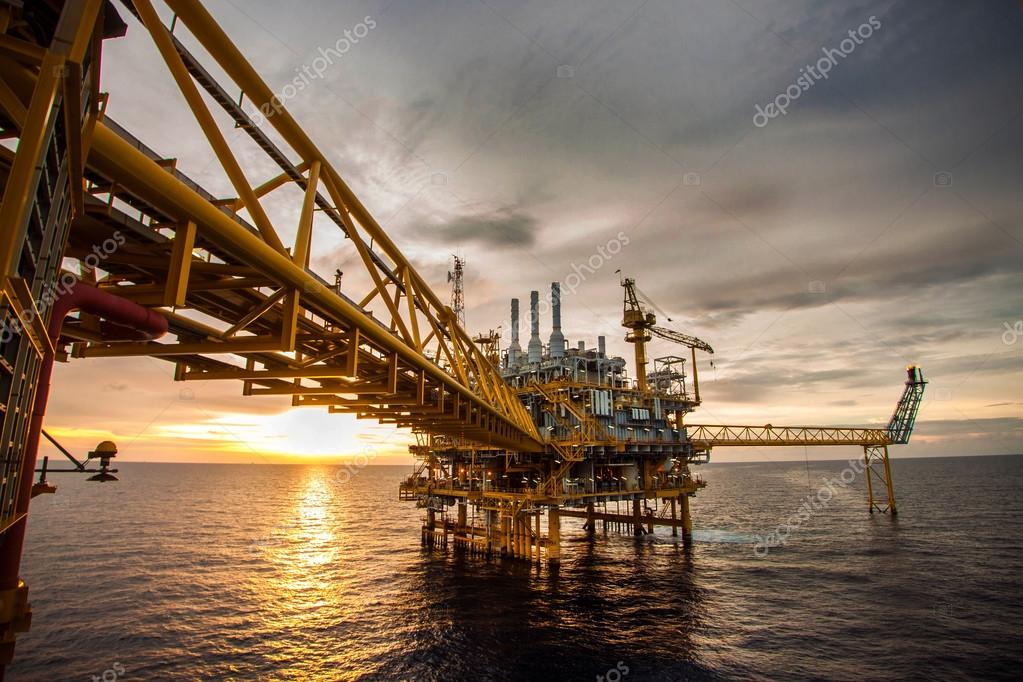Crude Oil Price Forecast: Factors That Influence Short and Long-Term Terms

Crude oil, often referred to as black gold, serves as the lifeblood of the global economy. Its price movements are closely monitored by investors, policymakers, and consumers alike, as fluctuations can have far-reaching implications on various sectors. Forecasting crude oil prices involves analyzing a myriad of factors, spanning from geopolitical tensions to supply and demand dynamics. In this article, we delve into the key influencers driving short and long-term trends in crude oil prices.
Short-Term Influences:
1. Geopolitical Tensions:
Geopolitical events, such as conflicts in oil-rich regions or sanctions on major oil-producing nations, can disrupt the supply of crude oil, leading to short-term spikes in prices. Events like military conflicts in the Middle East or political instability in major oil-producing countries like Venezuela and Nigeria often cause market jitters and drive prices higher.
2. Supply Disruptions:
Natural disasters, accidents, or technical issues at oil production facilities can disrupt the supply chain, causing temporary shortages and price spikes. For instance, hurricanes in the Gulf of Mexico can disrupt offshore drilling operations, impacting supply and driving prices upward.
3. OPEC Decisions:
The Organization of the Petroleum Exporting Countries (OPEC) plays a pivotal role in influencing oil prices through its production decisions. OPEC members, along with allies like Russia (referred to as OPEC+), often adjust production levels to stabilize prices. Announcements regarding production cuts or increases can lead to immediate price movements in the oil market.
4. Demand Fluctuations:
Short-term fluctuations in demand, driven by factors like seasonal changes, economic indicators, or unexpected events (e.g., COVID-19 lockdowns), can impact crude oil prices. Economic downturns tend to dampen demand, leading to price declines, while periods of robust economic growth can drive demand and prices higher.
Long-Term Influences:
1. Supply and Demand Dynamics:
Over the long term, the fundamental principle of supply and demand remains the primary driver of crude oil prices. Factors such as global population growth, industrialization trends, technological advancements, and shifts towards renewable energy sources all play a role in shaping long-term supply and demand dynamics.
2. Technological Innovation:
Advances in technology, particularly in the extraction of unconventional oil sources like shale oil, can influence long-term price trends. Technological breakthroughs that make extraction more efficient and cost-effective can increase supply, putting downward pressure on prices.
3. Environmental Regulations:
Increasing environmental concerns and regulatory measures aimed at reducing carbon emissions can impact the long-term outlook for crude oil prices. Policies promoting renewable energy adoption, carbon pricing mechanisms, and stricter emissions standards can diminish the long-term demand for fossil fuels and curb price growth.
4. Geopolitical Stability:
Long-term geopolitical stability in major oil-producing regions is crucial for maintaining a consistent supply of crude oil. Persistent geopolitical tensions, conflicts, or regime changes in key oil-producing countries can introduce uncertainty into the market, leading to price volatility.
Conclusion:
Forecasting crude oil prices involves navigating a complex interplay of geopolitical, economic, technological, and environmental factors. While short-term price movements are often influenced by immediate supply and demand dynamics, long-term trends are shaped by broader structural shifts in the global energy landscape. By carefully analyzing these factors, investors and stakeholders can gain valuable insights into the future direction of crude oil prices, enabling them to make informed decisions in an ever-changing market environment.